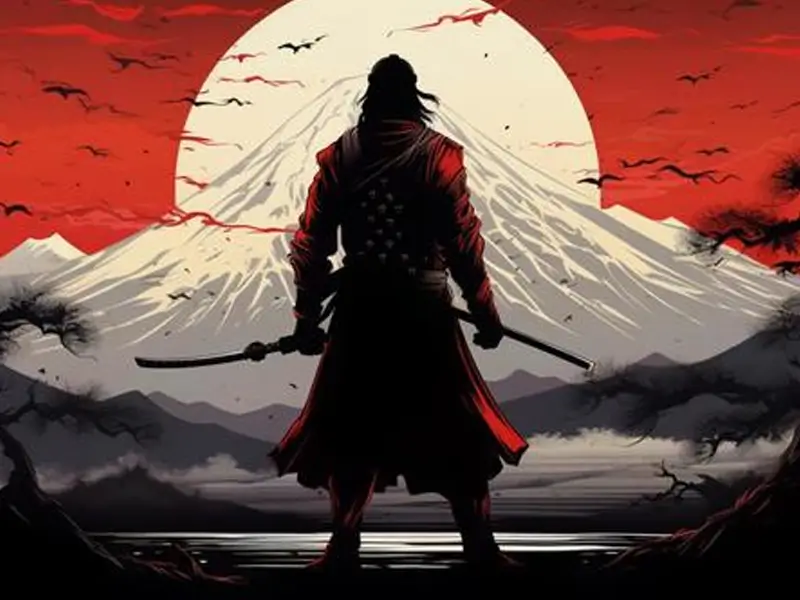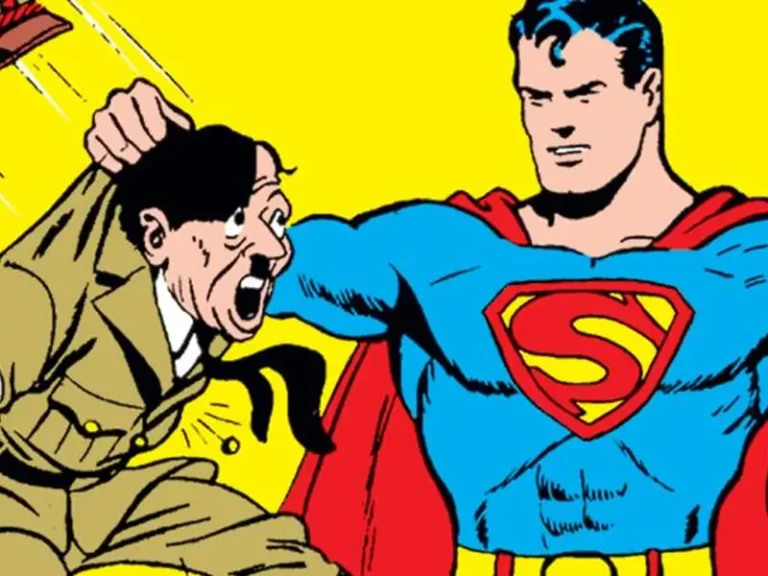More than a thousand years ago, Japan’s grand palaces were guarded by warriors who carried silence in their eyes and steel on their waists. They were the samurai — born to protect, trained to die with honor.
Today, they’re gone. But their names still echo in movies, poems, and whispered myths. Who were they really? How did they rise to power, and why did they vanish? Let’s trace the forgotten footsteps of Japan’s most iconic warrior class.
Guardians of the Land
The word samurai meant “to serve.” And that’s exactly what they did. These men were originally hired by landowners to protect estates and enforce order. But swords aren’t just tools of defense — they shape identity.
Over time, the samurai became more than guards. They became symbols of power, duty, and fear. Their twin blades — the long katana and the short wakizashi — were more than weapons. They were extensions of the soul.
Bushido: A Code Carved in Death
At the core of every samurai’s life was Bushido, the “Way of the Warrior.” This wasn’t just a list of rules — it was a mindset.
Bushido taught that it was better to die than to live with shame. It demanded loyalty without question and sacrifice without hesitation. To break the code was to lose your place not just in society — but in your own story.
The War Stopped. The Swords Didn’t Know What to Do.
For centuries, Japan was a battlefield. Then came peace.
In 1603, the Tokugawa Shogunate unified Japan and ushered in the Edo Period, a time of calm that lasted over 250 years. For most citizens, this peace was a blessing. For the samurai, it was a quiet death.
With war no longer needed, many samurai lost their jobs, their purpose, and eventually, their identity. The warrior class started to fade. Some turned into ronin — masterless swordsmen adrift in a world that no longer needed them.
Ronin: Legends and Lost Men
Not all ronin became criminals, but many did. Some worked as bodyguards or hired muscle. Others roamed aimlessly, caught between honor and survival.
Still, a few stories refused to die. The most famous? The 47 Ronin. After their master, Lord Asano, was humiliated and forced to commit suicide, these men waited a year before striking back in a perfect act of revenge. Then, they too ended their lives — not for guilt, but for honor.
In real life, most ronin lived much smaller lives. But legend has a way of choosing its favorites.
Miyamoto Musashi: The Warrior Who Never Lost
Among the ronin, one name still burns bright — Miyamoto Musashi.
A lone swordsman, Musashi is said to have fought over 70 duels — and lost none. He created a unique style of fighting with a sword in each hand, moving like a rhythm no one could predict.
But Musashi wasn’t just muscle. He wrote The Book of Five Rings, a philosophical guide on strategy that’s still studied today by martial artists, business leaders, and thinkers around the world.
A Samurai with a Pen
Not all samurai faded into silence or violence. Some reinvented themselves.
Take Matsuo Basho, for example. He traded his sword for poetry and helped shape the haiku into an art form that captured the stillness of life in just 17 syllables.
Painters like Watanabe Kazan and Kawanabe Kyosai also came from samurai roots, but went on to create work that blended tradition with European realism — and later laid the foundation for modern manga.
When the Warrior Met the City
In Edo (modern-day Tokyo), life changed fast. Business boomed, the population soared, and culture flourished. The daimyo (feudal lords) still kept samurai around, but many became ceremonial figures — soldiers without wars.
Samurai weren’t allowed to trade, so they often went into debt. Some even sold their swords to survive. Others spent their days in Yoshiwara, the city’s red-light district, caught between memory and decay.
Yakuza: The Criminal Children of Bushido
From the ashes of the ronin, a new kind of warrior emerged — the Yakuza.
Rooted in distorted samurai ideals, these underworld groups developed their own code of loyalty, discipline, and sacrifice. Tattoos became their armor. Rituals like cutting off fingers as punishment echoed old samurai customs.
The Yakuza didn’t follow Bushido — they warped it. Yet the ghost of the samurai lived on in their symbols, oaths, and style.
No More Masters, Just Memories
The age of samurai ended long ago. Their swords rest in museums. Their code survives only in books. But their spirit? It still shows up — sometimes as a noble hero, sometimes as a lost soul, sometimes as a warning.
What they remind us is simple: Honor and loyalty, once upon a time, were sharper than steel.
If this article made you think—bookmark Wiz Fact.
We’re just getting started.
Smart, rebellious ideas are what we do here. Soon, we’ll launch our newsletter too—so these insights can fly straight to your inbox. No fluff. Just facts worth knowing.








